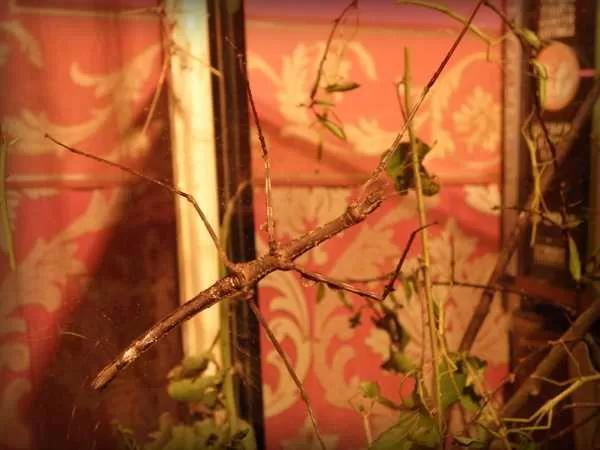Phasmids, also known as stick insects, walking sticks, or leaf insects, are a captivating order of insects renowned for their extraordinary ability to blend into their surroundings. These masters of disguise have evolved to mimic twigs, leaves, and even bark, making them nearly invisible to predators.
With their elongated bodies and slender limbs, phasmids are experts at camouflaging themselves in their natural habitats. Some species have developed remarkable adaptations, such as wings that resemble leaves or spines that mimic thorns. These intricate details allow phasmids to deceive potential threats and survive in the wild.
Despite their appearance, phasmids are not merely passive creatures. They are equipped with defensive mechanisms to deter predators. Some species can release noxious chemicals or drop their legs to distract attackers while they escape. Others have the ability to sway back and forth, mimicking the movement of branches in the wind.
Phasmids are primarily herbivorous, feeding on leaves and twigs. They are often found in tropical and subtropical forests, where their camouflage provides them with a significant advantage. Some species are nocturnal, emerging from their hiding places under the cover of darkness to feed and avoid predators.
In addition to their fascinating adaptations, phasmids play a crucial role in their ecosystems. They serve as a food source for various predators, including birds, reptiles, and insects. Additionally, they contribute to the decomposition of plant matter, helping to maintain the balance of their habitats.
If you’re intrigued by the natural world and the incredible diversity of life, phasmids offer a fascinating glimpse into the wonders of evolution. Their remarkable ability to blend into their surroundings and their unique adaptations make them a captivating subject of study for both scientists and nature enthusiasts alike.

